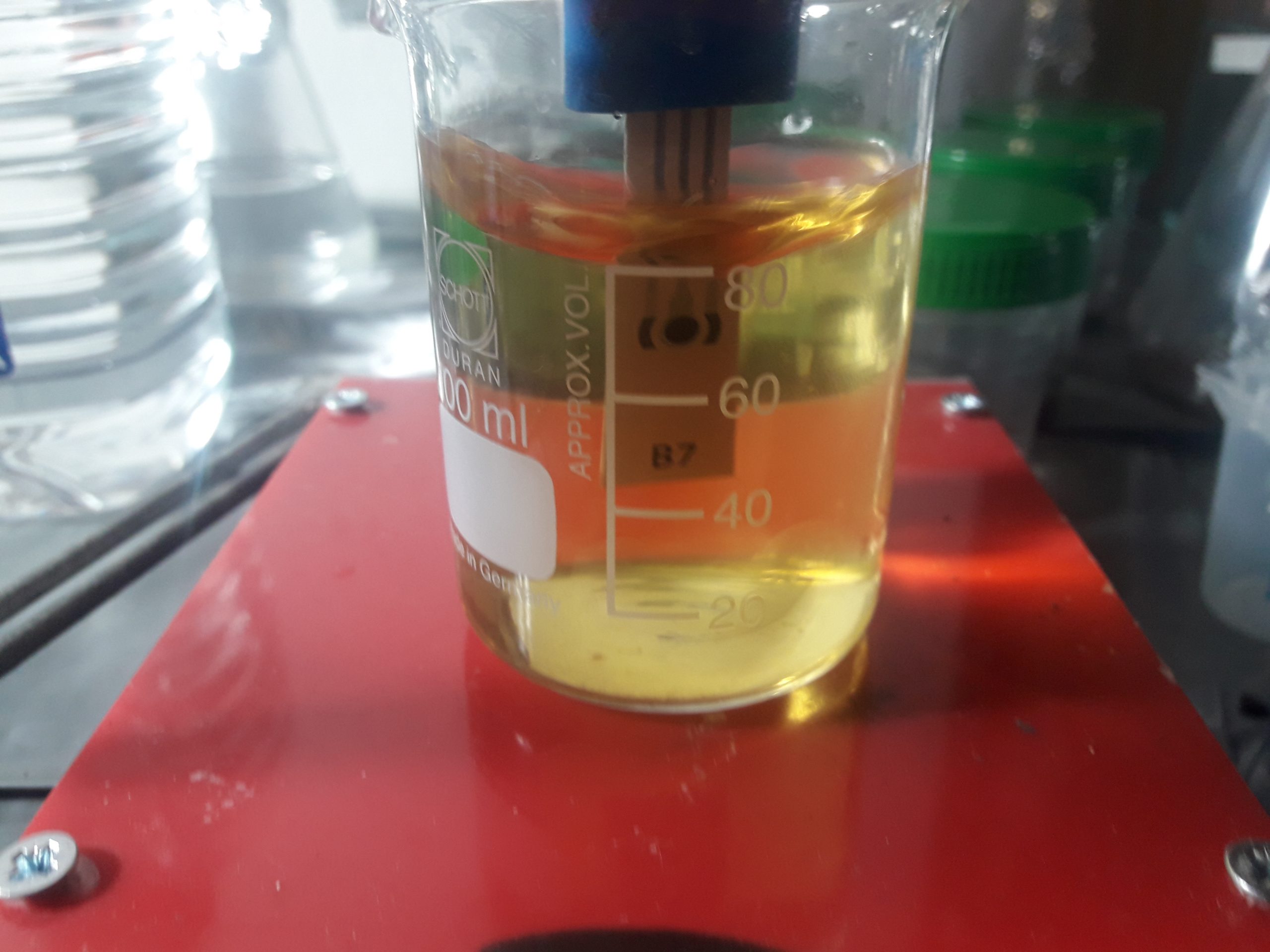
Daily analysis – potentiostat
LeadHere’s video documentation of my daily potentiostat voltammetric process – analysis of heavy metals in… read more

This easily worked and corrosion-resistant metal has been used for pipes, pewter and paint since Roman times. It has also been used in lead glazes for pottery and, in this century, insecticides, hair dyes and as an anti-knocking additive for petrol. All these uses have now been banned, replaced or discouraged as lead is known to be detrimental to health, particularly that of children.
Lead is widely used for car batteries, pigments, ammunition, cable sheathing, weights for lifting, weight belts for diving, lead crystal glass, radiation protection and in some solders.
It can accumulate in the body and cause serious health problems. It is toxic, teratogenic (disturbs the development of an embryo or foetus) and carcinogenic.
Daily intake of lead from all sources is about 0.1 milligrams. The average human body stores about 120 milligrams of lead in the bones.
None
Lead crystal glass receptacles.
Prima materia for all transformations.
Batteries.
Weights.
Cable sheathings.

Here’s video documentation of my daily potentiostat voltammetric process – analysis of heavy metals in… read more
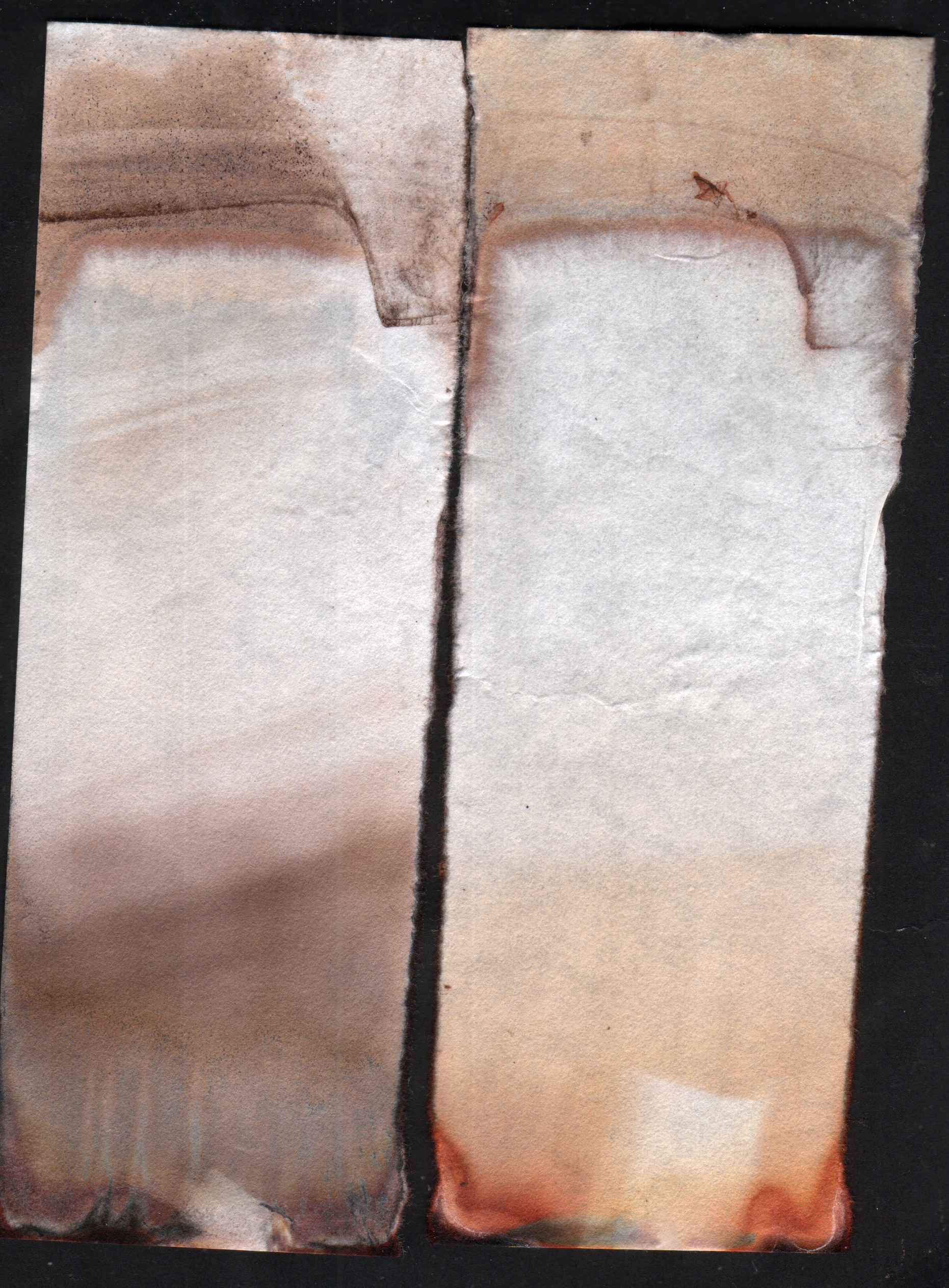
From the previous day/night’s half moon silver nitrate study – breath as the lighter, more… read more
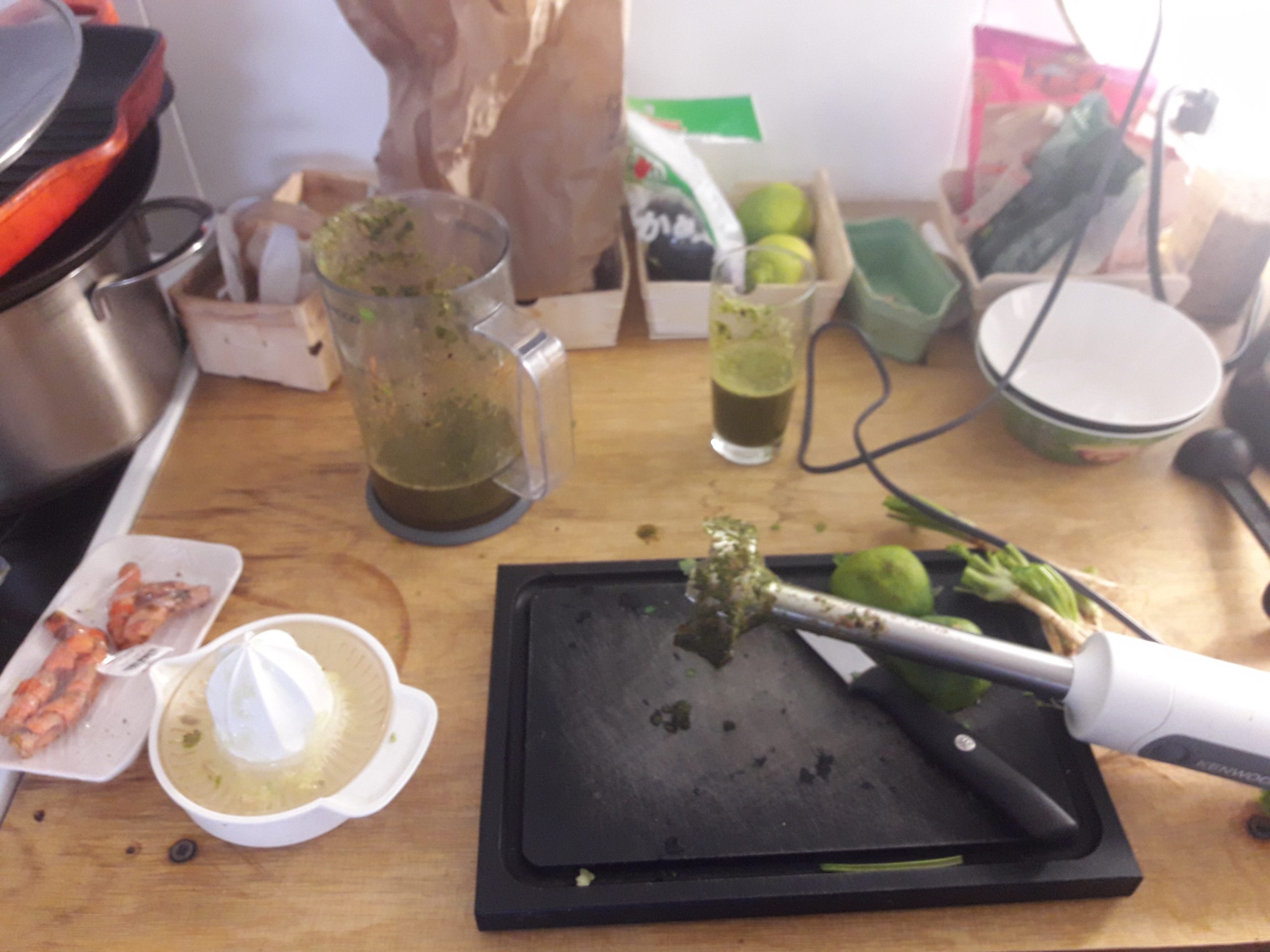
This was from Saturday evening (21st November). It tasted good – but I did forget… read more
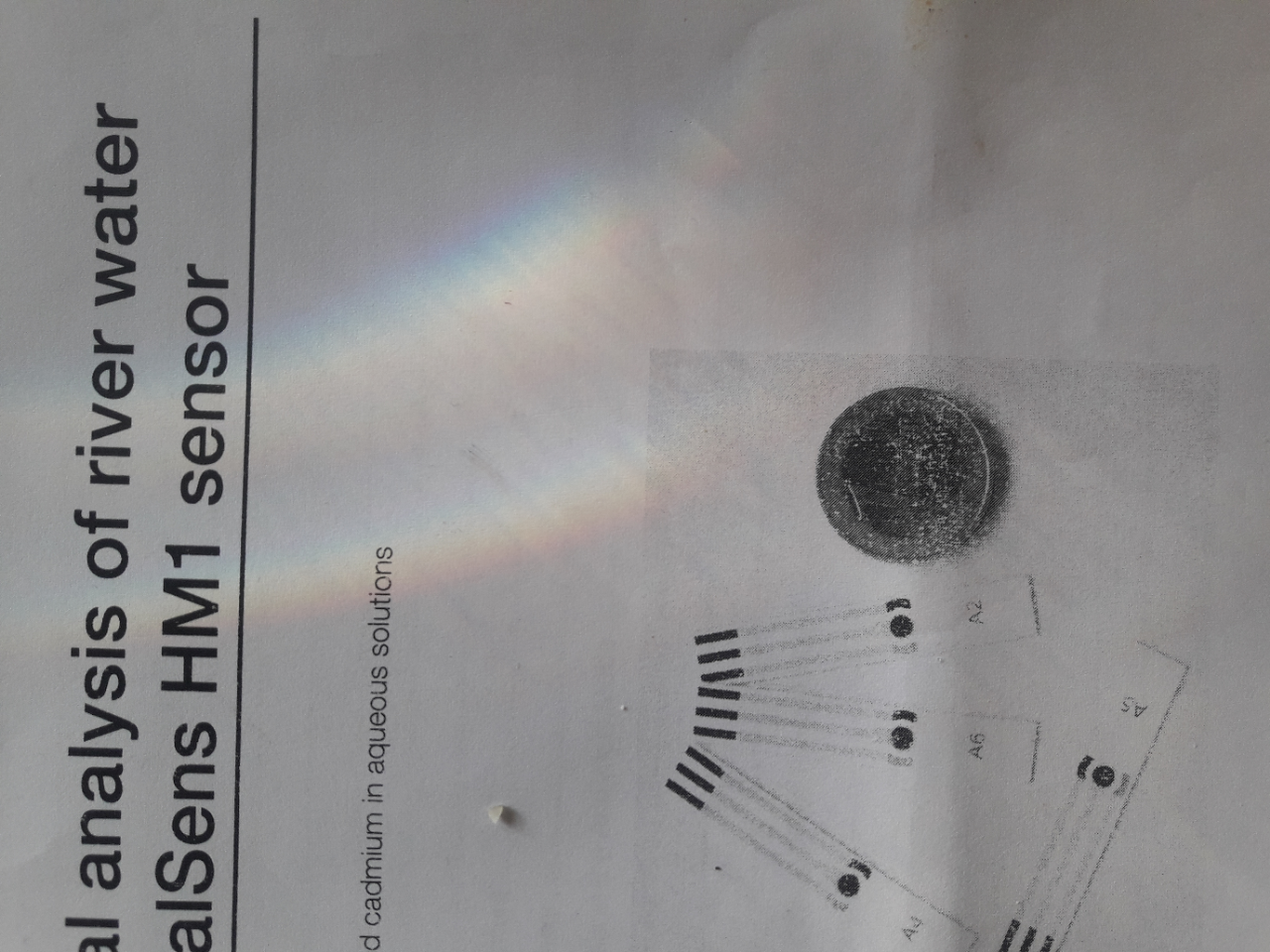
Sunday – the day of gold! Ingestion Computation/algorithm Excretion Pee semiconductor! I’m still thinking on… read more
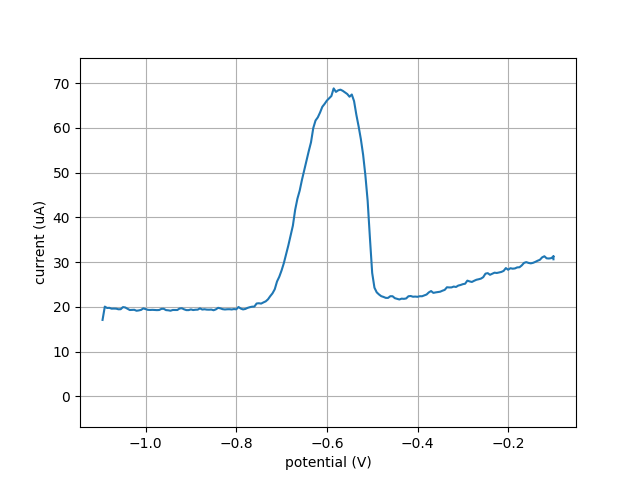
The breath and urine silver nitrate tests are quite different – the urine sample particularly… read more
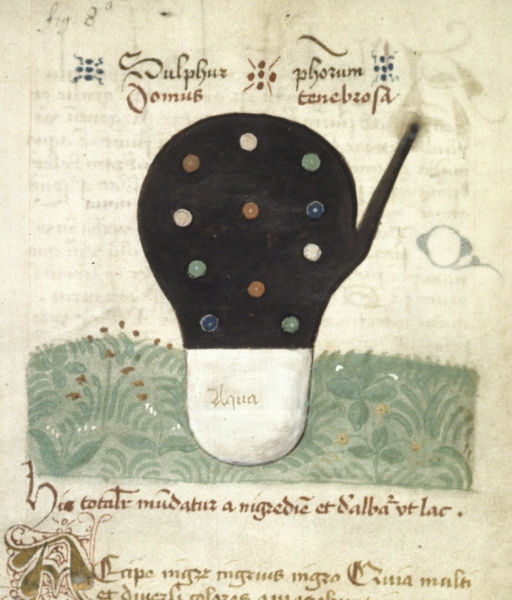
Two dream fragments from last night which relate to these sweatshop days (typing these notes… read more

After finishing today’s studies I already notice the quarter moon outside the studio window. On… read more

First day of chelation. Morning expulsion of black, swampy matter. As in the emblem’s title… read more

Lovely evening conversation with the “great family” as Alfonso describes us. A family not to… read more
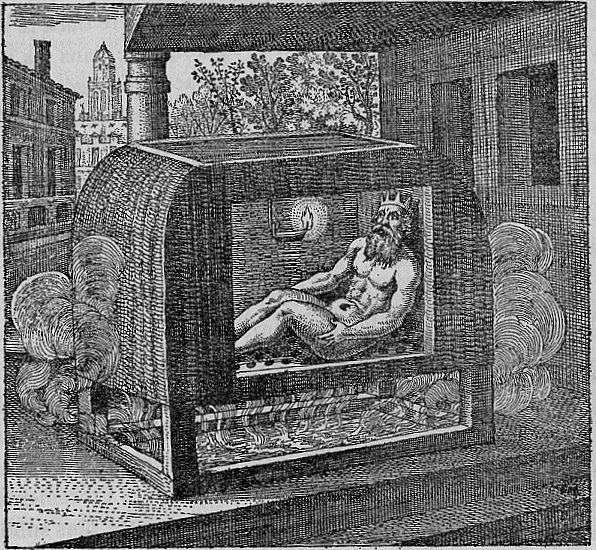
I need to go deeper into this, but what is interesting is the predating of… read more
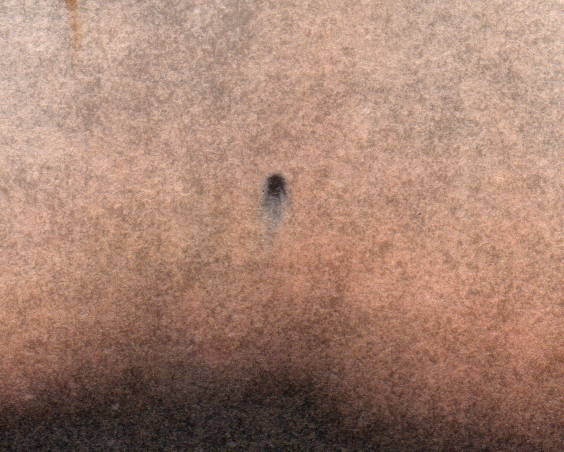
The strip test for today (sensafe) shows no difference over other days: It could be… read more
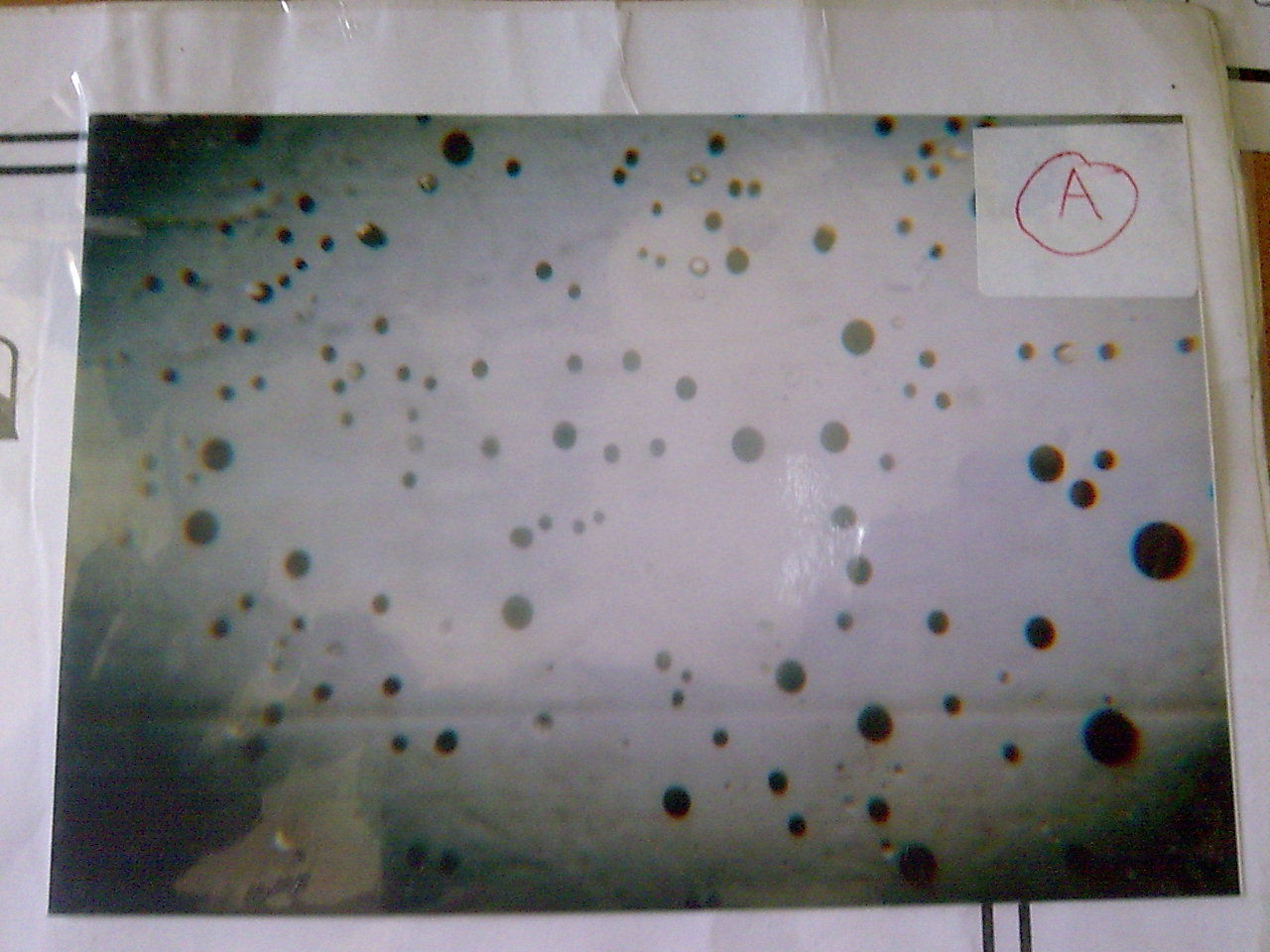
Two dream fragments which relate to metals and testing – the “becoming indicator” of Tiny… read more

Reinsch test remote:

Late in the evening (after 200g tuba sashimi, 10 oysters, cabbage and asparagus stir fry)… read more

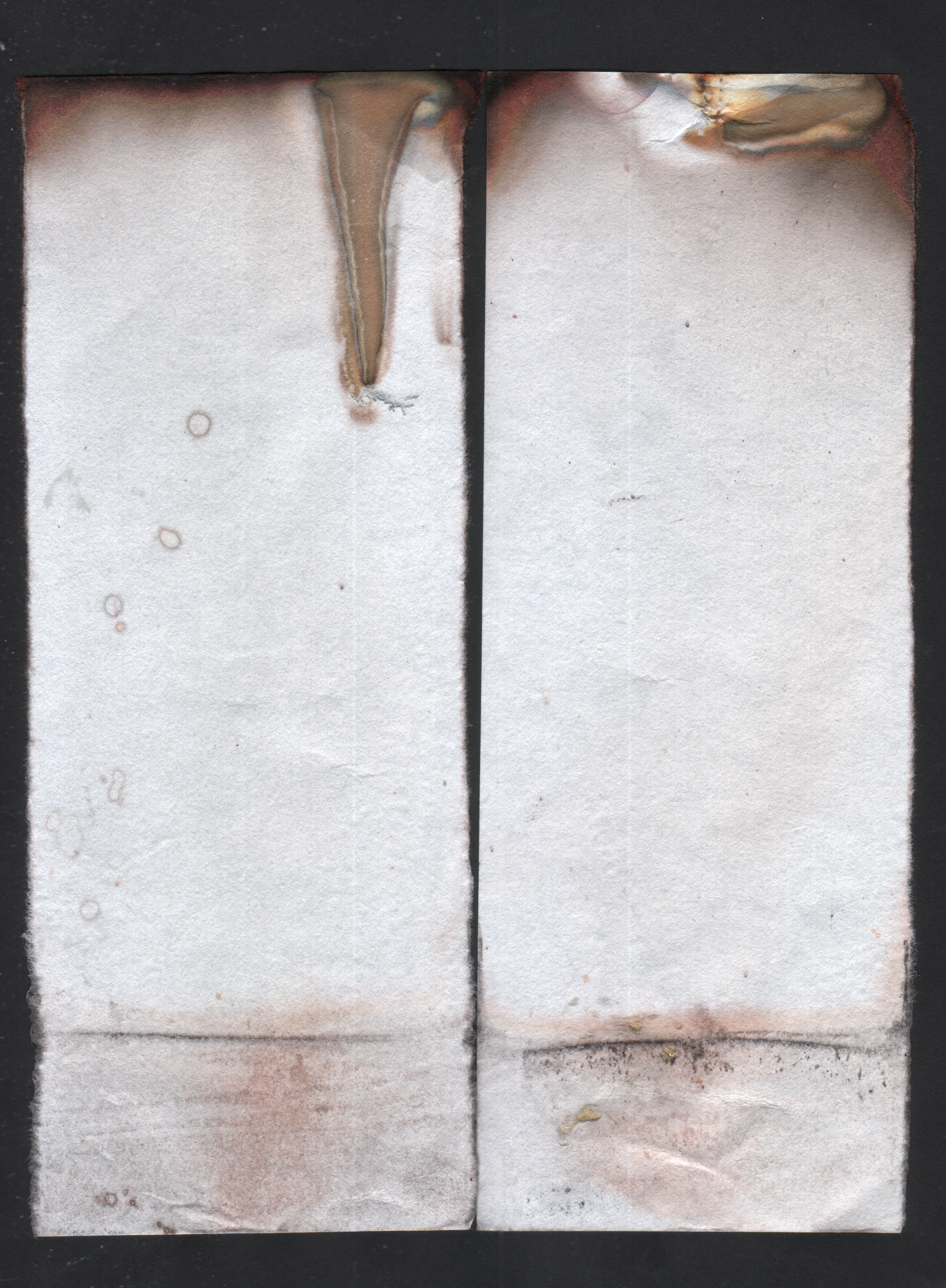
I’m waiting in the studio with the window open for the test-tube in the water… read more
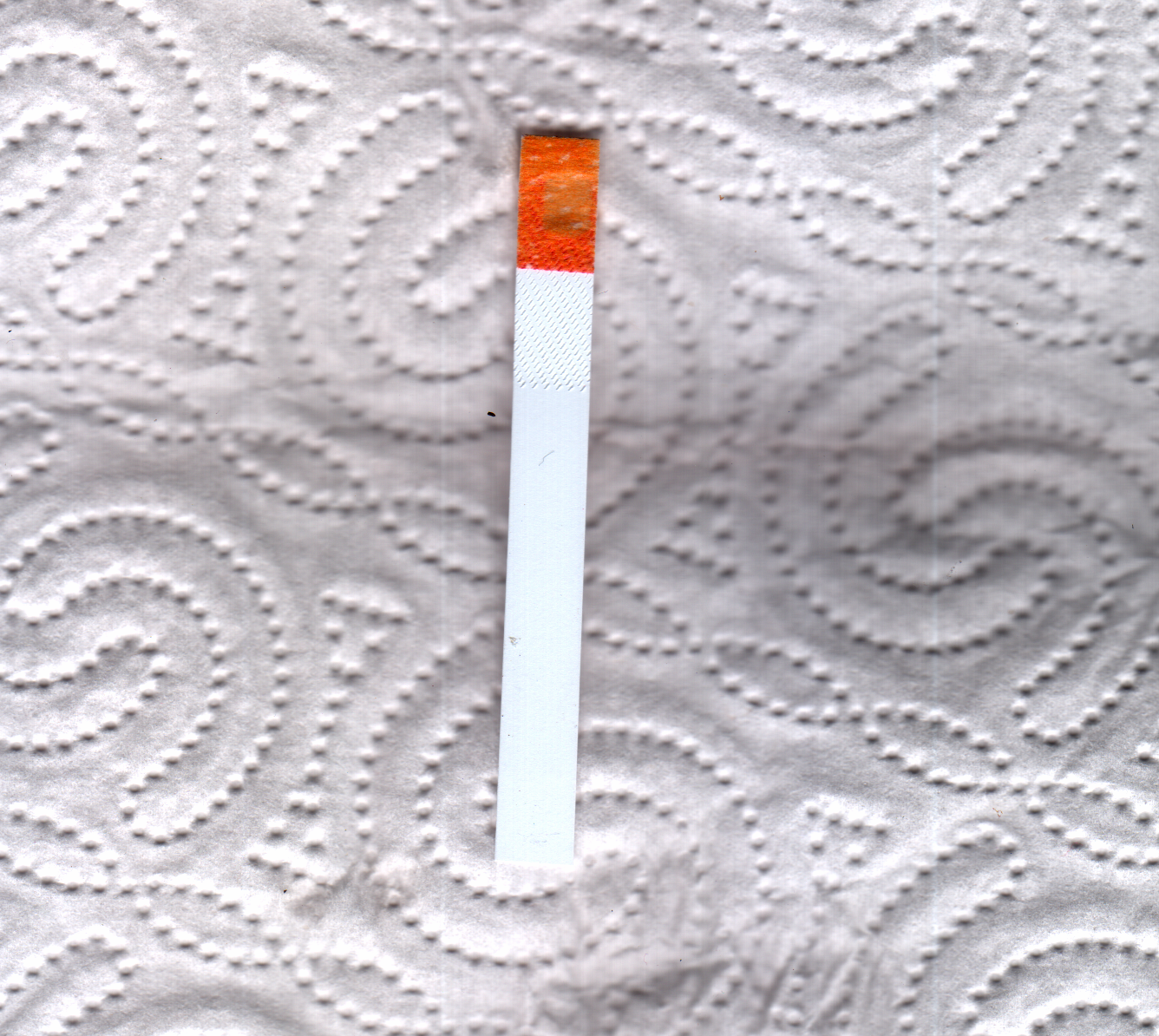
I was thinking this morning that many of the assigned tests and experiments are… read more
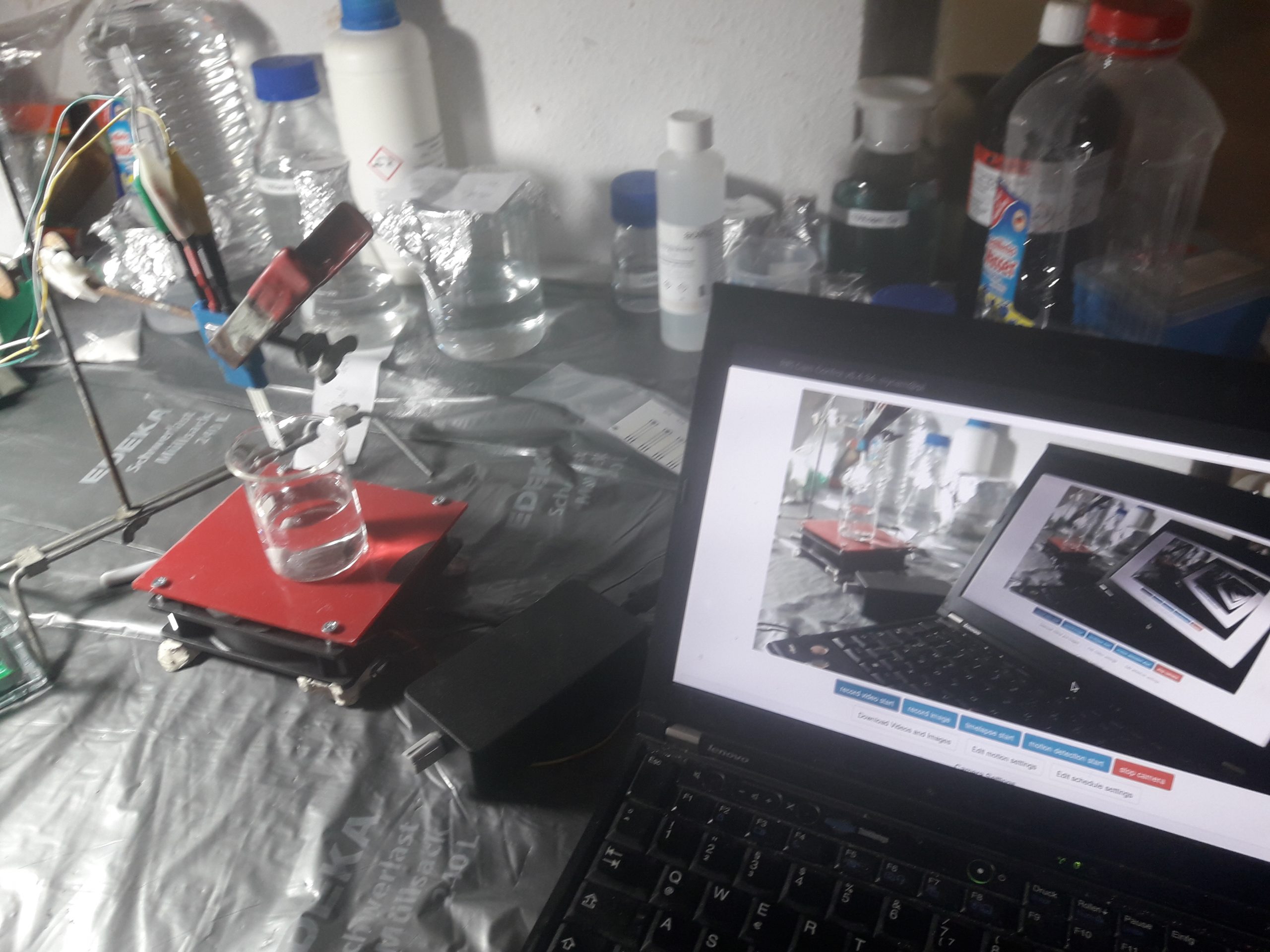
[Previous diet – nothing of note, though I did break the seafood pre-diet rule with… read more
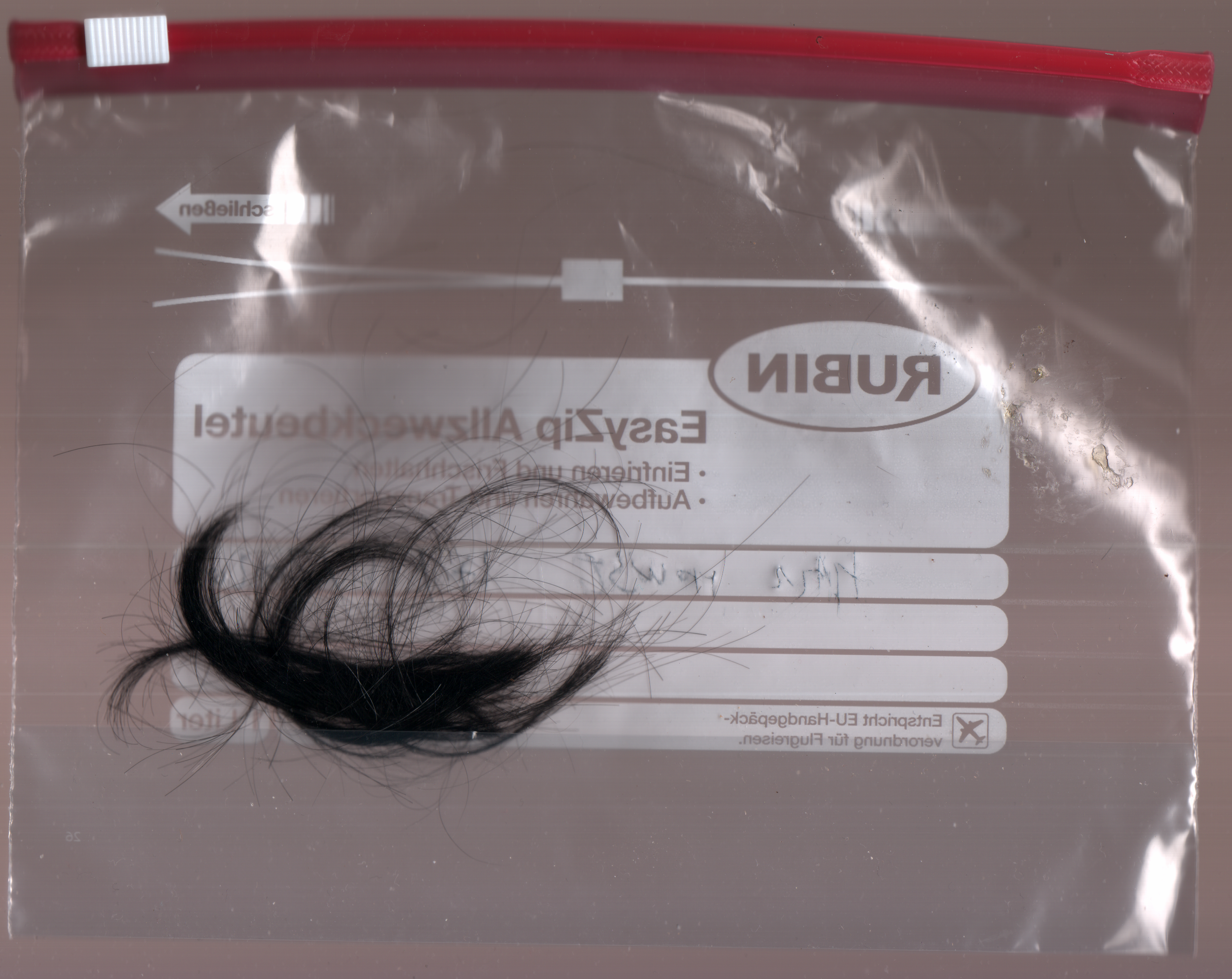
Two fragments of dreams from last night seem relevant to the study (lead) and Tiny… read more